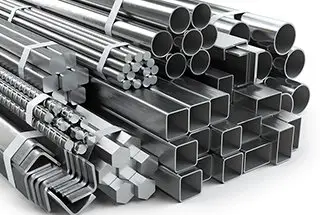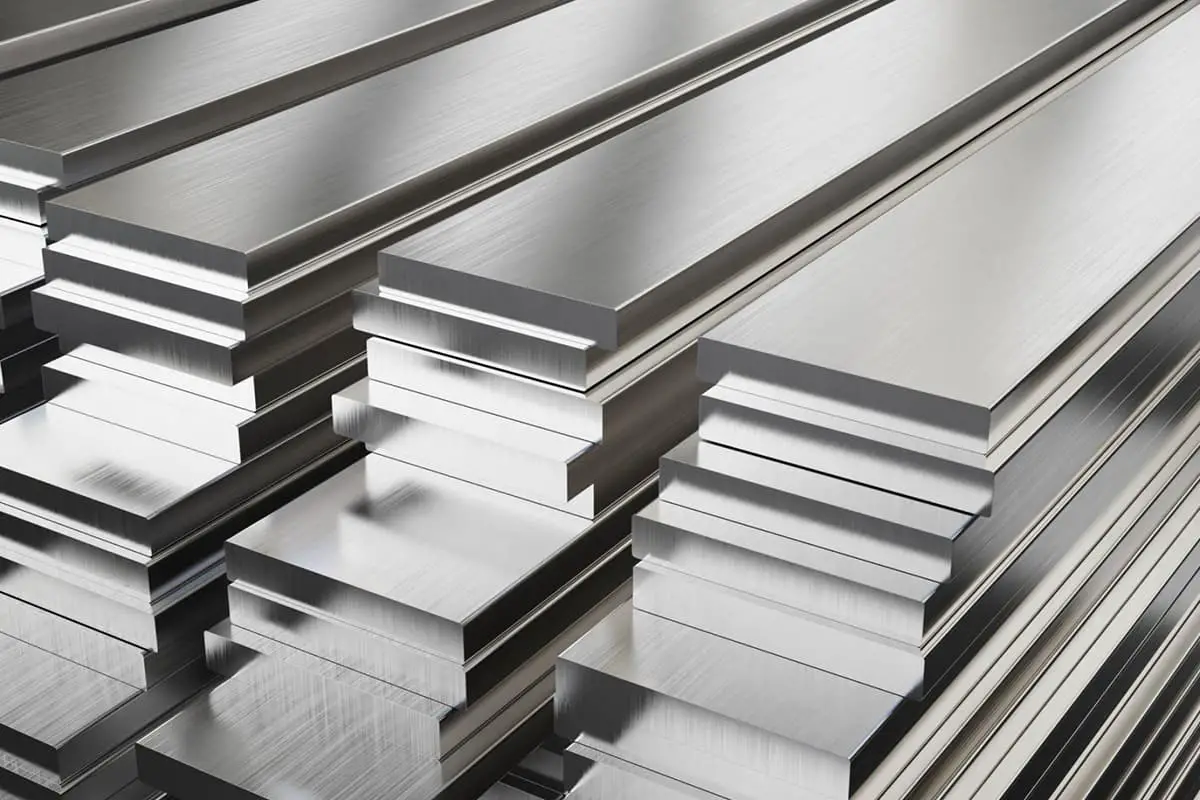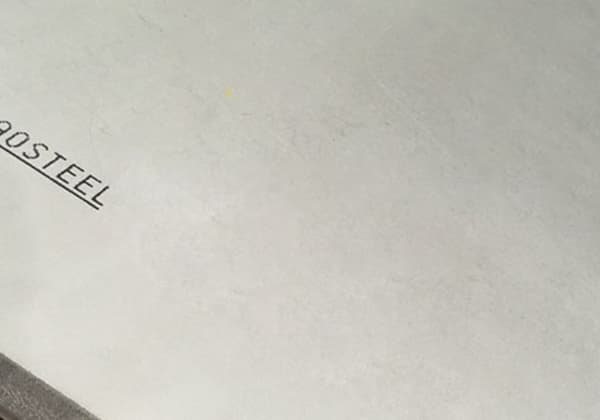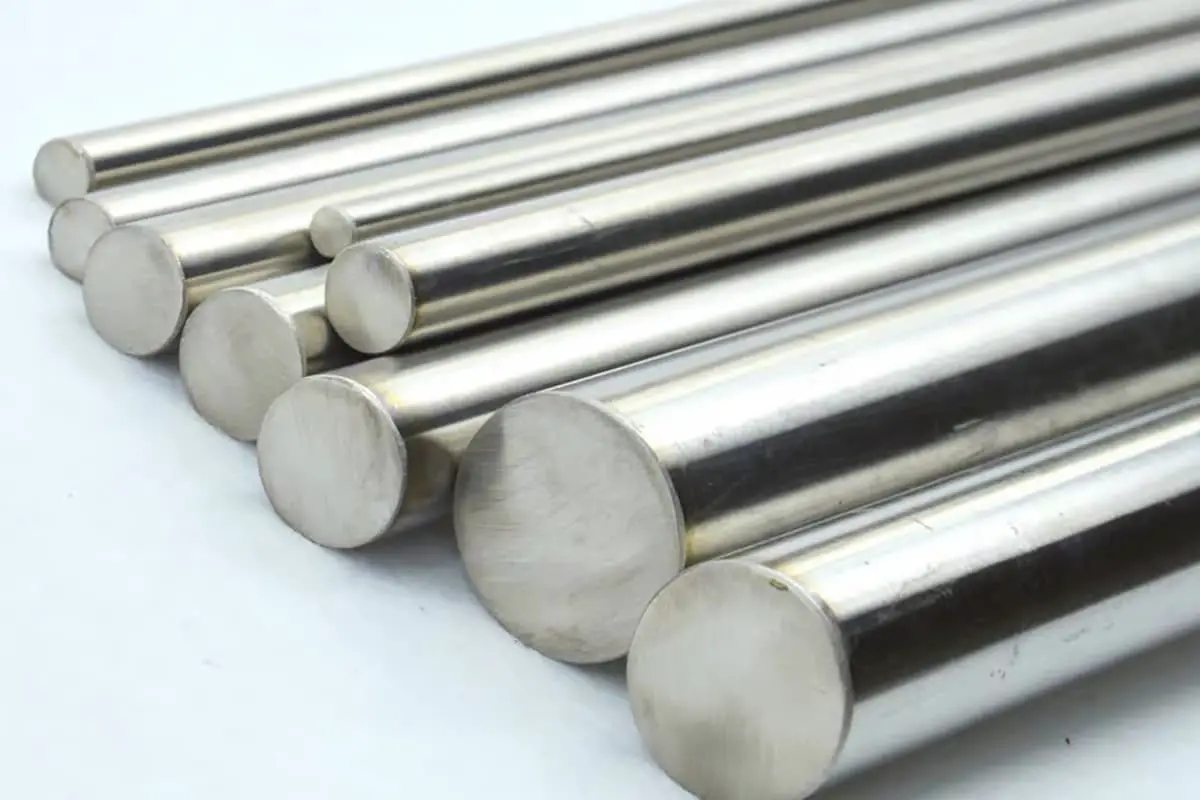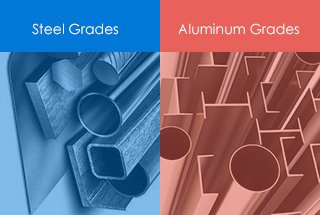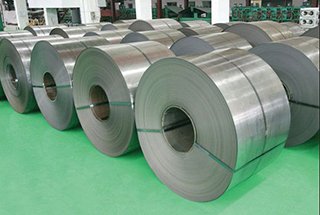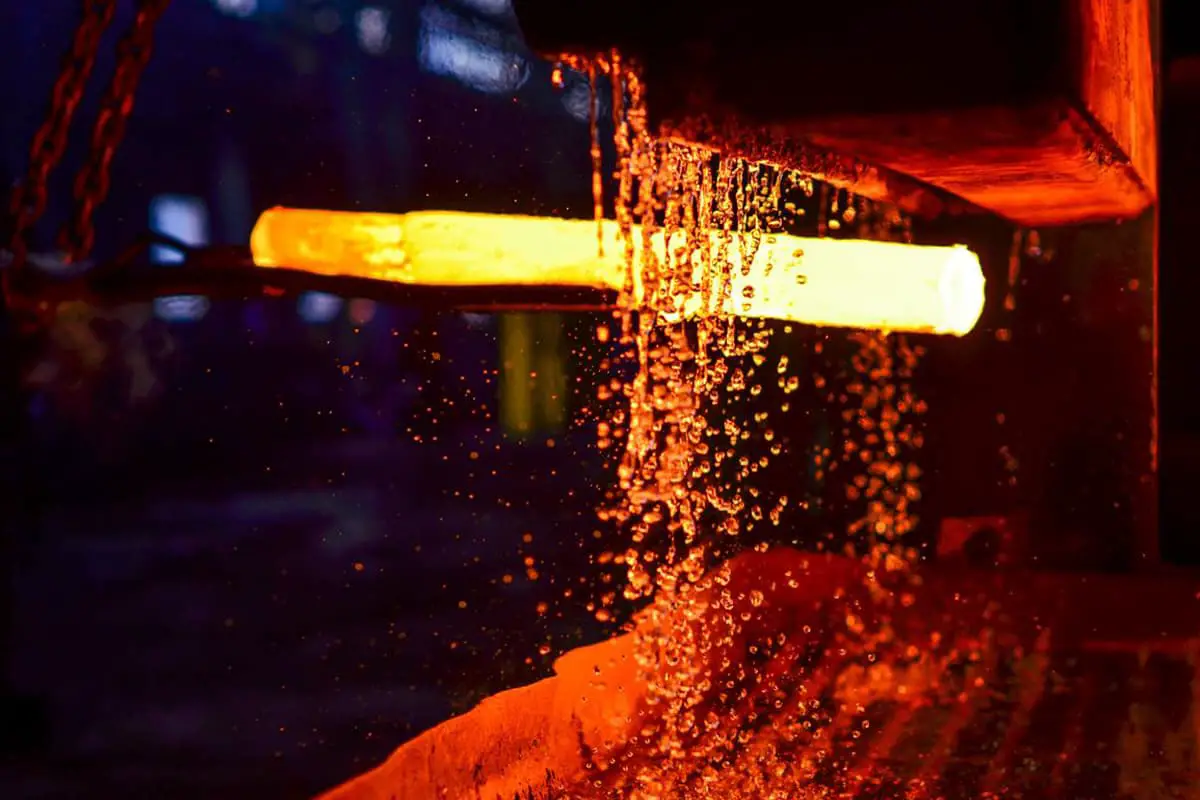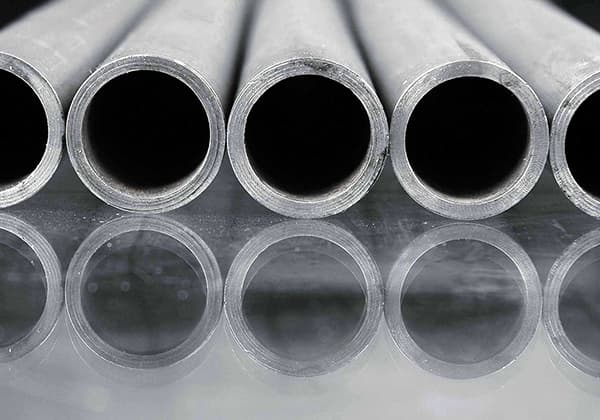
Why is choosing the right stainless steel type crucial for engineering applications? This article explores the chemical and mechanical properties of SUS 316L, 304, 317L, and 430 stainless steels. By comparing their compositions and uses, you’ll understand which steel fits your specific needs, from corrosion resistance to mechanical strength. Dive in to enhance your knowledge on selecting the perfect stainless steel for your projects.
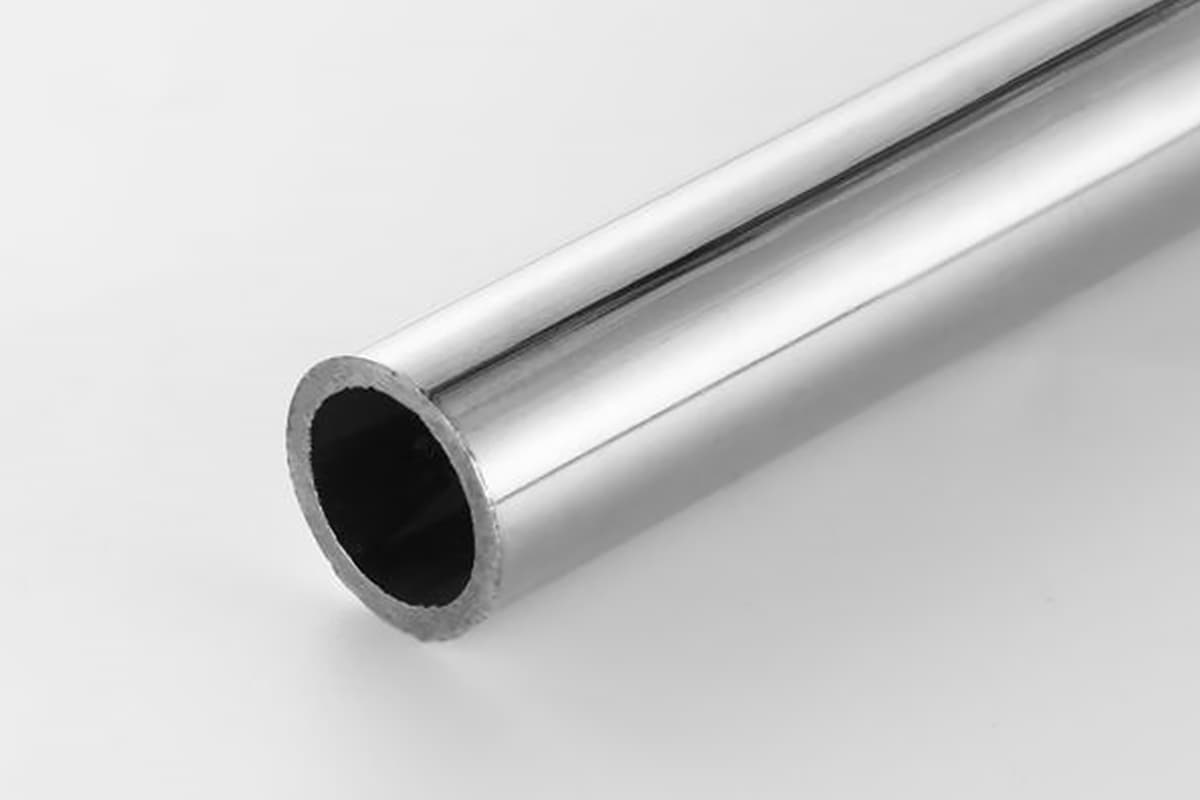
With the addition of Mo (2-3%), it achieves excellent pitting and corrosion resistance, and outstanding high-temperature creep strength.
Characteristics and practical applications:
| Difference | SUS316(L) |
| Characteristics | Excellent resistance to intergranular corrosion |
| Usage | Boiler tubes, marine structures |

Chemical composition: (Unit: wt%)
| Specification | C | Si | Mn | P | S | Cr | Ni | Others |
| SUS316 | ≤0.08 | ≤1.00 | ≤2.00 | ≤0.045 | ≤0.030 | 16.0~18.0 | 10.0~14.0 | Mo: 2~3 |
| SUS316L | ≤0.03 | ≤1.00 | ≤2.00 | ≤0.045 | ≤0.030 | 16.0~18.0 | 12.0~15.0 | Mo: 2~3 |
Mechanical Properties:
| Specification | YS(Mpa) | TS(Mpa) | EL(%) | Hv |
| TYPE SUS316 | ≥205 | ≥520 | ≥40 | ≤200 |
| TYPE SUS316L | ≥175 | ≥480 | ≥40 | ≤200 |
As a fundamental type under the austenite series, it boasts excellent corrosion resistance, heat resistance, low-temperature strength, and mechanical properties. It does not harden after heat treatment, and exhibits almost no magnetism.
Practical uses and characteristics:
| Difference | SUS304 | SUS304L |
| Characteristics | Austenitic steel is the most commonly used steel variety; It exhibits excellent corrosion and heat resistance; Its low-temperature strength and mechanical properties are superior; As a single-phase austenitic structure, it does not harden with heat treatment. | Compared to 304, it has superior corrosion resistance. |
| Usage | 1. Tableware, exterior materials, construction materials, automotive parts 2. Medical devices, chemicals, food processing, fiber industry 3. Marine components. | For chemical, coal, and petroleum industries requiring high resistance to intergranular corrosion in their equipment, |
Chemical composition: (Unit: wt%)
| Specification | C | Si | Mn | P | S | Cr | Ni | Others |
| SUS316 | ≤0.08 | ≤1.00 | ≤2.00 | ≤0.045 | ≤0.030 | 16.0~18.0 | 10.0~14.0 | Mo: 2~3 |
| SUS316L | ≤0.03 | ≤1.00 | ≤2.00 | ≤0.045 | ≤0.030 | 16.0~18.0 | 12.0~15.0 | Mo: 2~3 |
Mechanical Properties:
| Specification | YS(Mpa) | TS(Mpa) | EL(%) | Hv |
| TYPE SUS316 | ≥205 | ≥520 | ≥40 | ≤200 |
| TYPE SUS316L | ≥175 | ≥480 | ≥40 | ≤200 |
| Steel Type | SUS317L-00Cr19Ni13Mo3 |
| Characteristics | Type 317L steel demonstrates superior seawater resistance and stress corrosion cracking (SCC) resistance compared to Type 316L. |
| Applications | It is utilized in chemical vessels, chemical product reactors, and other equipment requiring high corrosion resistance. |
Chemical composition: (Unit: wt%)
| Specification | C | Si | Mn | P | S | Ni | Cr | Mo | OTHERS |
| TYPE 317L | ≤0.030 | ≤1.00 | ≤2.00 | ≤0.045 | ≤0.030 | 11.0-15.0 | 18.0-20.0 | 3.0-4.0 | – |
Mechanical Properties:
| Specification | YS(Mpa) | TS(Mpa) | EL(%) | Hv |
| TYPE 317L | ≥176 | ≥480 | ≥40 | ≤200 |
1. Overview
This ferritic stainless steel, widely used, contains 17% Cr and exhibits a mixed phase (α+γ) at high temperatures. Below 1000°C, it has a single phase BCC structure.
2. Characteristics:
1) It exhibits excellent deep-drawability, similar to that of 304 steel.
2) It possesses strong corrosion resistance to oxidative acids and has a certain level of resistance to alkalis, most organic acids, and inorganic acids. Its stress corrosion cracking resistance is superior to 304 steel.
3) It has a lower coefficient of thermal expansion than 304 steel, and high oxidation resistance, making it suitable for heat-resistant equipment.
4) Cold-rolled products have good surface brightness and aesthetic appeal.
5) It is more affordable than 304 steel, often used as a replacement.
3. Applications
It is primarily used for high-polish decorative purposes in mild atmospheres, such as gas stove surfaces, appliance components, cutlery, interior building decor, washbasins, washing machine drums, etc.
4. Chemical Composition (JIS G 4305-2005)
| Chemical Composition | C | Si | Mn | P | S | Cr |
| Standard | £0.12 | £0.75 | £1.00 | £0.040 | £0.030 | 16.00-18.00 |
| General | 0.040 | 0.30 | 0.45 | 0.020 | 0.004 | 16.30 |
5. Performance (JIS G 4305-2005)
| Differentiation | Mechanical properties | Machinability | |||||
| Ys (Mpa) | Ts (Mpa) | El (%) | Hv | CCV | LDR | Er (mm) | |
| Standard | ≥ 205 | ≥ 450 | ≥ 22 | ≤ 200 | – | – | – |
| General | 330 | 505 | 27 | 155 | 28.0 | 1.98 | 8.7 |
6. Physical Properties
| Density (g/cm3) | Magnetism | Resistance (10-6.W.cm) | Specific Heat250C (J/kg.0C) | Thermal Conductivity 1000C (W/m. 0C) | Coefficient of thermal expansion 20~1000C (10-6/0C) | Young’s Modulus 200C (Gpa) |
| 7.70 | Have | 53.6 | 460 | 26.0 | 10.4 | 219 |
7. Heat Treatment
Melting Point: 1425-15100C;
Annealing: 780-8500C.
8. Condition of Use
1) Annealed State:
NO.1, 2D, 2B, N0.4, HL, BA, Mirror, and various other surface treatment states.
9. Usage Precautions

